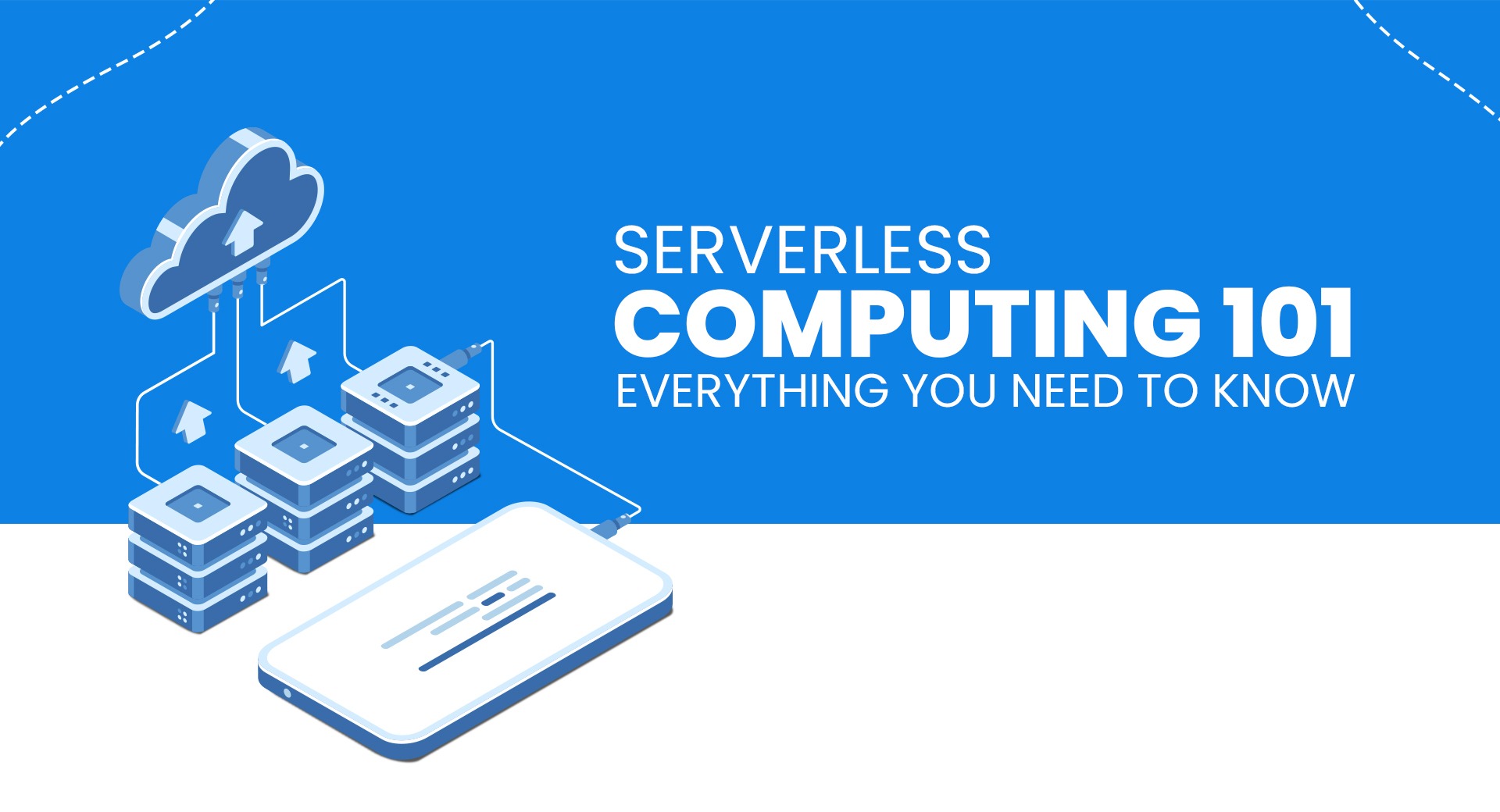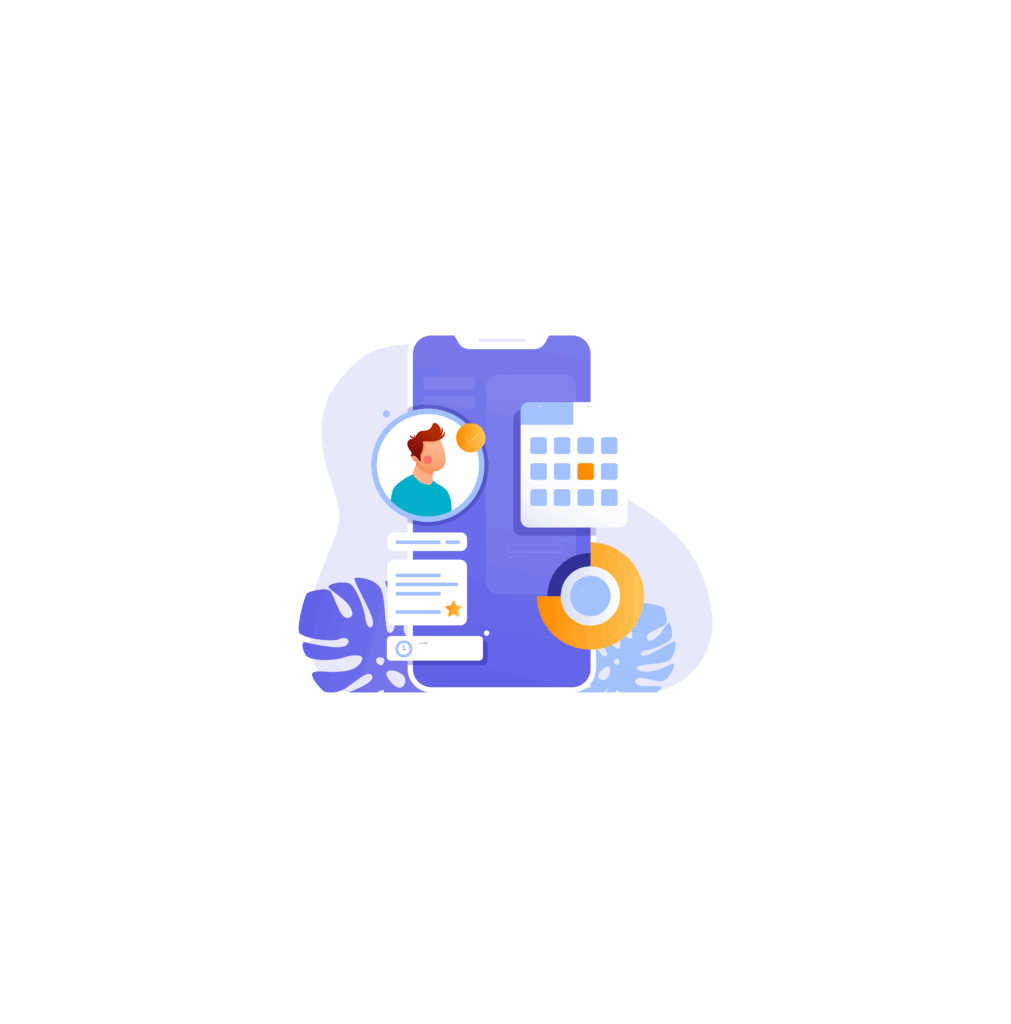Serverless computing is changing the game in how apps are made and put out there, making it cheaper and easier to scale up. With options like AWS Lambda, Google Cloud, or Microsoft Azure Functions, serverless architecture lets coders just focus on writing the business logic part without having to stress over handling servers or infrastructure. This way speeds up making apps, cuts down what you spend running them, and makes for a smoother process when dealing with backend services and applications. Dive into this detailed guide to uncover all that serverless computing has to offer, including the use of serverless services on AWS.
Table of contents
- Understanding Serverless Computing
- Core Benefits of Adopting Serverless Computing
- Key Components and Architecture of Serverless Computing
- Deploying Your First Serverless Application
- Serverless Computing Best Practices
- Common Challenges and Solutions in Serverless Computing
- Serverless Computing Use Cases
- The Future of Serverless Computing
- Conclusion
- Frequently Asked Questions
Understanding Serverless Computing
Serverless computing simplifies developers’ lives by eliminating server management. Developers focus solely on coding, while the system adjusts computer power usage as needed. Services like AWS Lambda, Google Cloud, and Microsoft Azure Functions enable companies to deploy serverless applications quickly and cost-effectively. This architecture hides complex operations, streamlining app development.
The Evolution of Serverless Technologies
Serverless technologies have really changed the game since they first showed up, making a big difference in how apps are built. At first, these techs were all about making backend services easier to handle. Now, serverless computing is a key part of today’s IT setup. Big names like AWS Lambda, Google Cloud Functions, and Microsoft Azure Functions are at the forefront here. Companies pick this serverless way of doing things because it helps them spend less money running their operations and makes it simpler to grow their applications when needed. As time goes on, we’re seeing more updates and improvements that make serverless platforms even better suited for different kinds of projects and needs across various industries.
How Serverless Computing Works
Serverless computing means you let a cloud provider handle all the server stuff, so developers can just focus on writing code. When something triggers a serverless function, the cloud provider steps in to set up whatever computing resources are needed, runs the code, and adjusts for how much or little is required at that moment. This way of doing things lets businesses only pay for what they use when their code is running, which helps keep costs down. Because of this serverless model, getting applications out there happens quicker since developers don’t have to stress over managing servers.
Core Benefits of Adopting Serverless Computing
By going for serverless computing, companies get to scale up and down easily and only shell out cash for the computing power they actually use. This approach is easy on the wallet since it cuts out the need to look after infrastructure, freeing up businesses to create cool serverless applications without sweating over costs. With a serverless setup, you don’t have to worry about spending too much on IT infrastructure like servers or upkeep because your cloud provider has got that covered. Plus, getting your apps out there becomes quicker since you’re not bogged down by old-school server issues. Serverless tech makes building apps smoother by making sure backend tasks are handled more efficiently so your business logic runs like a dream.
Scalability and Flexibility
With serverless computing, you get amazing scalability and flexibility because it automatically changes the amount of computing resources based on how much demand there is. So, if your traffic suddenly goes up or down, serverless applications just roll with it and keep everything running smoothly without you having to do anything. This means you don’t have to worry about setting up or looking after servers anymore, which frees up your time to work on cool new ideas. By going for a serverless architecture approach, businesses can grow easily and adjust quickly whenever they need to change things around. The way these platforms use resources smartly also helps in cutting down operational costs.
Cost-Effectiveness and Pricing Model
When you think about using serverless applications, a big plus is how they help save money and have a special way of deciding prices. With these kinds of apps, the cool thing is you only spend money when your app is actually doing something. You don’t lose cash just because things are sitting there unused. This “pay as you go” setup makes sure everything used is really needed and keeps spending down, which businesses love since it helps them cut down on operational costs and keep their cloud bills in check. On top of that, different companies offering these services have various plans to fit how much or little you use them, meeting all sorts of business requirements.
Check out an article about Choosing the Right Cloud Solutions: A Comprehensive Guide.
Key Components and Architecture of Serverless Computing
Function as a Service (FaaS) is super important in serverless architecture because it lets developers run their code without having to deal with the hassle of managing servers. With FaaS, things like keeping track of application states are handled outside the main environment, which really helps with making systems more scalable. Services such as AWS Lambda and Azure Functions, which operate under the service model of serverless computing, give developers the computing power they need to get their application logic up and running quickly. This whole idea of not worrying about what’s going on behind the scenes means that folks can concentrate on creating applications instead of getting bogged down by server management stuff. The beauty of serverless architecture lies in how it simplifies building apps by offering a platform that’s both easy to scale and gentle on budgets when deploying functions without any servers involved.
Function as a Service (FaaS) Explained
In the world of serverless cloud computing, Function as a Service (FaaS) plays a crucial role. It lets developers run specific functions when certain events happen, all without having to deal with servers themselves. With FaaS providers like AWS Lambda, Google Cloud Functions, and Azure Functions taking care of all the infrastructure management stuff, developers can just focus on their code—writing it and getting it out there. This way of doing things is not only scalable but also cost-effective because you’re only paying for the resources you actually use while your function runs. FaaS comes in handy for lots of different tasks such as backend services or working with data processing jobs within serverless cloud computing.
Managing State in a Stateless Environment
When you’re working with serverless computing, keeping track of the state in an environment that doesn’t remember past interactions can be tough. Since these stateless functions don’t have a memory of what happened before, you need to find ways to keep that information somewhere else. You could use databases, caching services, or external storage systems for storing and getting back this state info. It’s also smart to use unique identifiers so you can keep tabs on the state through different uses. With event-driven architectures, managing changes in the state becomes more straightforward. By handling the management of states well in such a setup without built-in memory, serverless applications are able to stay consistent with their data and handle complex tasks smoothly.
Here’s an article on Essential Cloud Migration Strategies for Success, check it out!
Deploying Your First Serverless Application
To get started with a serverless setup, you first pick a cloud provider such as AWS Lambda or Google Cloud. When writing your application code, concentrate on the business logic since the serverless architecture takes care of managing the infrastructure for you. After that, upload your function so it can be activated by specific events and scale up automatically when needed. This method is great because it helps keep operational costs down; you only pay for the compute time you actually use. Platforms like Azure Functions make it easier to manage backend services which helps speed up the whole process of developing applications.
Setting Up a Serverless Environment
To get started with a serverless setup, first pick out a cloud provider such as AWS Lambda, Google Cloud, or Microsoft Azure. With your project’s needs in mind, sketch out the design of your serverless architecture. Then select a serverless platform that fits well with what you’re aiming to do in application development. After that, it’s time to set up your backend services and how your app will work within this environment. Make sure everything works smoothly together by integrating data storage and other necessary serverlike services properly. In the end, tweak your system so it runs efficiently while keeping operational costs down.
Writing and Deploying Your Function
To get your function up and running in serverless computing, begin by putting together the application logic on a serverless platform like AWS Lambda or Azure Functions. Then, wrap your business logic into a function while keeping an eye on how long it takes to run and what resources it needs. After you’ve got your function set up, go ahead and launch it onto the cloud service provided by companies like AWS or Azure. Make sure to test your function well to check that everything works just right before adding it into your bigger serverless project.
An article about Optimizing JavaScript Performance: Tips and Tricks might be of interest to you.
Serverless Computing Best Practices
In serverless computing, follow best practices for smooth and safe operations. First off, making your applications secure is key. Serverless computing involves strong access rules, data encryption, regular function checks, and optimizing function speed for efficiency. Using tools that help you spot problems right away can also be a big help. Companies can benefit from serverless computing by following guidelines for execution time and other aspects. This helps avoid issues and maximizes advantages.
Security Practices for Serverless Applications
When you’re building serverless applications, making sure they’re secure is super important. Begin by checking how people access your app, use OAuth to control access for only necessary individuals. Keep all the parts of your app up-to-date to avoid security holes. Make sure any data you store or send is encrypted; AWS Key Management Service is a good tool for this. Set up monitoring for your app to quickly spot and address security problems. Regularly check app security and educate your team on best safety measures.
Performance Optimization Tips
To improve serverless apps, simplify functions by removing extras and increasing their speed. This enhances performance. By writing smarter code that reuses stuff and uses memory better, you can really help things move along faster. Using tools from cloud services like AWS Lambda or Google Cloud Functions helps you monitor and improve your serverless applications. It’s essential to regularly check and adjust for optimal performance. This ensures your serverless setup runs smoothly.
Check out an article on Monolithic vs Microservices: Which is Better for You?
Common Challenges and Solutions in Serverless Computing
Dealing with cold starts in serverless computing can really slow things down, affecting how quickly tasks get done. To solve this issue, you can enhance how your functions run, adjust their memory usage, and establish provisioned concurrency. Monitoring tools are crucial for spotting and resolving problems promptly. Additionally, debugging helps identify and solve serverless setup issues for smooth operation.
Handling Cold Starts
When a server-free function is idle and then used, it may take longer to start. This delay is known as a cold start. To handle this, you can improve your code speed, regularly activate functions, and choose a quick service. Monitoring delays with tools helps identify and fix issues promptly. By mastering cold starts, developers ensure smooth serverless apps for better user experiences.
Monitoring and Debugging Techniques
In the world of serverless computing, keeping an eye on things and fixing problems is super important. By using tools from cloud services like AWS CloudWatch or Azure Insights, you can monitor performance and detect issues. You can check serverless functions in real-time, view logs, and receive alerts to ensure smooth operations. Additionally, tracing tools like AWS X-Ray and Google Stackdriver help identify and resolve errors efficiently. This all helps make your serverless applications more reliable and work better.
Here’s an article on The Role of Data Science in the IT Industry Today.
Serverless Computing Use Cases
Serverless computing is super useful in lots of different areas. When creating websites and APIs, serverless computing is great for scalability and cost-effectiveness. Serverless technology, like AWS Lambda or Azure Functions, helps companies optimize resources based on workload, improving operations and efficiency. It speeds up application deployment and reduces daily expenses.
Web Applications and APIs
Serverless apps simplify scaling web apps and APIs without added costs. Coders focus on core functions, not servers. Services aid in creating dynamic web apps that adjust capacity accordingly. This setup speeds up project launches, ideal for responsive websites.
Data Processing and Analytics
In the realm of serverless apps, cloud computing is crucial for managing large amounts of data effortlessly. Serverless computing simplifies tasks such as machine learning, image processing, and data storage. Platforms include AWS Lambda, Google Cloud Functions, and Azure Functions. They grow or shrink according to what’s needed (that’s scalability) and can easily adapt to different needs (flexibility). Serverless computing uses cloud efficiently, saving money by processing data effectively with minimal operational costs. Thanks to serverless technologies, businesses can get their hands on important insights quicker than ever before.
The Future of Serverless Computing
Serverless computing is looking at a really exciting future, with all the new serverless technologies changing things up constantly. With fresh trends and tech popping up, there’s a lot of innovation happening. By combining serverless computing and IoT, we discover exciting potential for improved systems. These platforms enhance app performance, scalability, and flexibility. The future of serverless computing and cloud infrastructure looks promising for optimizing operations and creating innovative digital experiences.
Emerging Trends and Technologies
In the world of serverless computing, things are always changing as new trends and technologies come into play. Businesses are using serverless apps with machine learning for image processing. Companies improve cloud functions’ efficiency. Interest grows in open-source projects, offering developers more freedom to customize setups.
Serverless Computing and the Internet of Things (IoT)
Serverless computing paired with IoT creates a robust and flexible setup. IoT devices efficiently process real-time data using serverless tech. This setup allows IoT sensors to seamlessly collaborate with cloud services, enhancing performance and resource efficiency. Implementing serverless computing simplifies IoT projects, streamlining data management and enabling innovative IoT applications to flourish.
Conclusion
Serverless computing is revolutionizing app development, offering scalability, cost-efficiency, and simplified management. With more companies picking up serverless technologies, the whole scene of computing is shifting. By using cloud services such as AWS Lambda, Google Cloud, and Microsoft Azure, businesses can cut costs and prioritize innovation. To maximize the benefits of serverless computing, following best practices and staying updated on emerging trends is crucial. Visit our website for more insights on implementing best practices and staying current with serverless computing trends.
Frequently Asked Questions
What is the difference between serverless and traditional cloud services?
With serverless computing, there’s no need to worry about managing servers. This lets developers concentrate just on running their code. Serverless computing offers auto-scaling and pay-as-you-go features, eliminating the need for server management that may impact scalability and cost efficiency. These aspects make it a more efficient and cheaper option.
How do you manage third-party dependencies in serverless applications?
When you use serverless applications, like on AWS Lambda, utilize tools such as npm or SAM. These tools help manage third-party dependencies. By listing these dependencies in configuration files, you make deployment smoother and help keep everything running compatibly. Keeping dependencies updated is crucial for security and optimal application performance.



